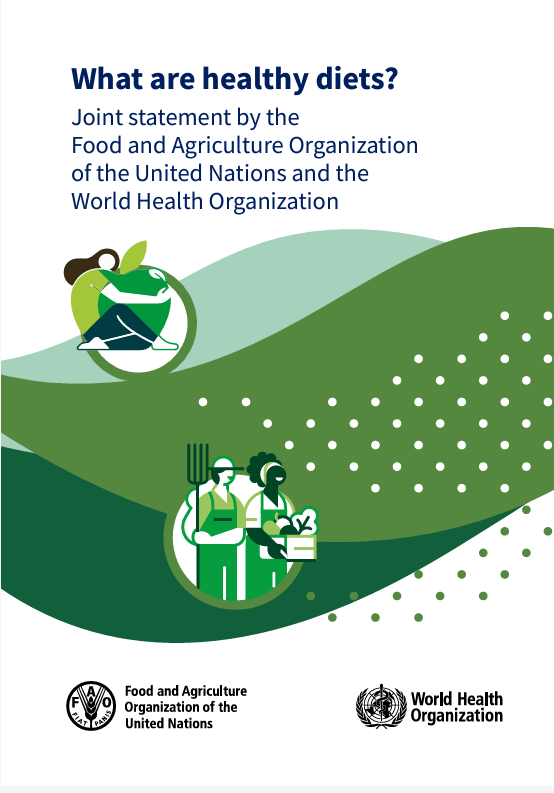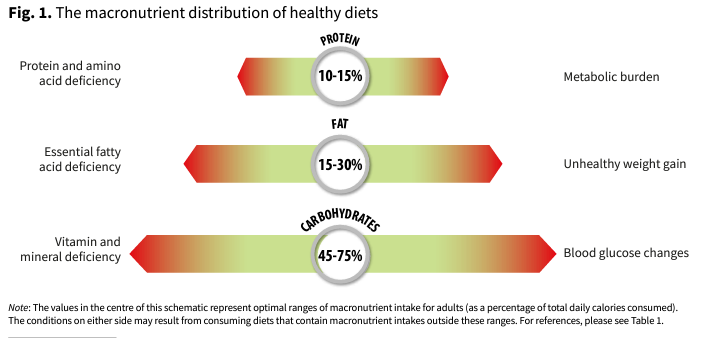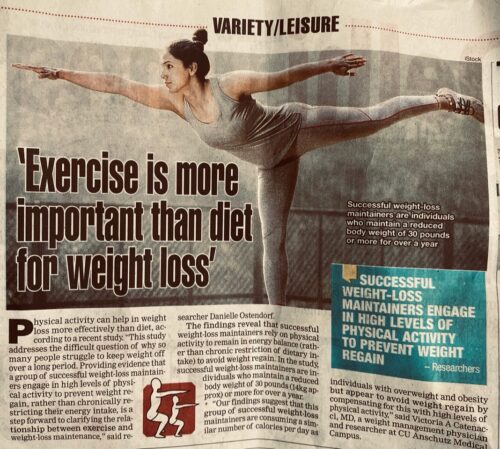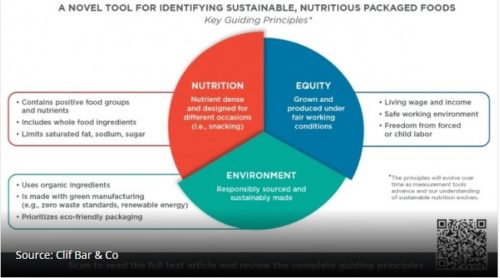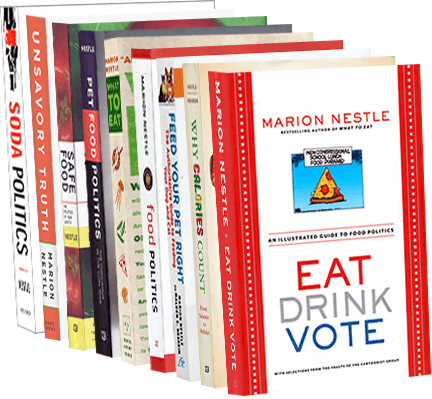Thanks again to Jim Krieger of Healthy Food America for sending this one.
The study: Sievenpiper JL, Purkayastha S, Grotz VL, Mora M, Zhou J, Hennings K, Goody CM, Germana K. Dietary Guidance, Sensory, Health and Safety Considerations When Choosing Low and No-Calorie Sweeteners [LNCSs]. Nutrients. 2025 Feb 25;17(5):793. doi: 10.3390/nu17050793.
The greater sweetness intensity of LNCSs compared to sucrose allows for the use of lesser amounts to achieve a similar level of sweetness, facilitating a reduction in an individual’s caloric and sugar consumption. Furthermore, the substitution of LNCSs for sugar supports individual and public health outcomes by addressing issues related to obesity, diabetes, and chronic illnesses…Lastly, emerging evidence from in vitro and a randomized controlled trial have investigated food intake and satiety management and suggests that natural LNCSs may be beneficial…The diverse range of LNCSs available in global food and beverage choices, coupled with their varying sweetness intensities, offers enjoyment and pleasure to consumers on their respective health and wellness journeys.
Funding Statement: The development of this paper received support from Pure Circle, Ingredion, Inc. The contents are solely the responsibility of the authors and do not necessarily represent the official views of Pure Circle, Ingredion, Inc.
Comment: Because these authors have so many conflicted interests, I’ll save their declarations for last. This paper is explicitly reviews the benefits of low- and no-calorie sweeteners. On that score, I find it useful. It is comprehensive and well written; if you want an uncritical review of the benefits of artificial sweeteners, this is the place to start. Its summary of international front-of-package labels alone makes it a valuable resource. But do not expect to find a deep analysis of the potential hazards of alternative sweeteners; these authors dismiss or discredit that evidence out of hand. No surprise: The funder, Ingredion, Inc, makes alternative sweeteners, four of the authors work for Ingredion, and four others were paid for writing the paper. This makes this review a company project. The conflict-of-interest statement gives the authors’ affiliations and the lead author, John Sievenpiper, provides another notable disclosure statement of this work for hire (see one of my previous posts on his alliances with food companies).
Conflict of interest statement: The following authors are employed at Ingredion, Inc.: Margaux Mora, Jing Zhou, Katie Hennings, and Kristen Germana. The following authors received an honorarium from Ingredion, Inc. for professional services provided: John L. Sievenpiper, Sidd Purkayastha, V. Lee Grotz and Cynthia Goody. Dr. John L Sievenpiper has received research support from the Canadian Foundation for Innovation, Ontario Research Fund, Province of Ontario Ministry of Research and Innovation and Science, Canadian Institutes of health Research (CIHR), Diabetes Canada, American Society for Nutrition (ASN), National Honey Board (U.S. Department of Agriculture [USDA] honey “Checkoff” program), Institute for the Advancement of Food and Nutrition Sciences (IAFNS), Pulse Canada, Quaker Oats Center of Excellence, INC International Nut and Dried Fruit Council Foundation, The United Soybean Board (USDA soy “Checkoff” program), Protein Industries Canada (a Government of Canada Global Innovation Cluster), Almond Board of California, European Fruit Juice Association, The Tate and Lyle Nutritional Research Fund at the University of Toronto, The Glycemic Control and Cardiovascular Disease in Type 2 Diabetes Fund at the University of Toronto (a fund established by the Alberta Pulse Growers), The Plant Protein Fund at the University of Toronto (a fund which has received contributions from IFF among other donors), The Plant Milk Fund at the University of Toronto (a fund established by the Karuna Foundation through Vegan Grants), and The Nutrition Trialists Network Fund at the University of Toronto (a fund established by donations from the Calorie Control Council, Physicians Committee for Responsible Medicine, and Login5 Foundation). He has received food donations to support randomized controlled trials from the Almond Board of California, California Walnut Commission, Danone, Nutrartis, Soylent, and Dairy Farmers of Canada. He has received travel support, speaker fees and/or honoraria from FoodMinds LLC, Nestlé, Abbott, General Mills, Nutrition Communications, International Food Information Council (IFIC), Arab Beverage Association, International Sweeteners Association, Calorie Control Council, and Phynova. He has or has had ad hoc consulting arrangements with Almond Board of California, Perkins Coie LLP, Tate and Lyle, Ingredion, and Brightseed. He is on the Clinical Practice Guidelines Expert Committees of Diabetes Canada, European Association for the study of Diabetes (EASD), Canadian Cardiovascular Society (CCS), and Obesity Canada/Canadian Association of Bariatric Physicians and Surgeons. He serves as an unpaid member of the Board of Trustees of IAFNS. He is a Director at Large of the Canadian Nutrition Society (CNS), founding member of the International Carbohydrate Quality Consortium (ICQC), Executive Board Member of the Diabetes and Nutrition Study Group (DNSG) of the EASD, and Director of the Toronto 3D Knowledge Synthesis and Clinical Trials foundation. His spouse is a former employee of Nestle Health Science and AB InBev.

